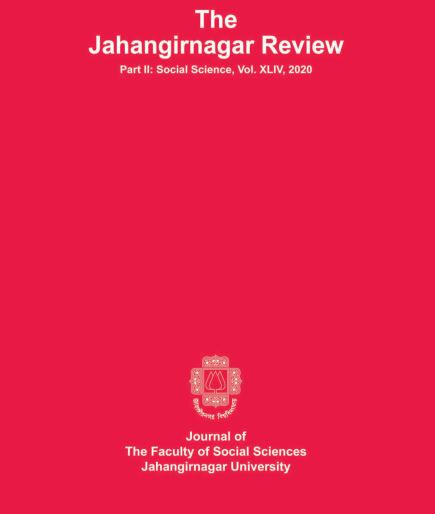Predicating Land Use/Land Cover Changes for 2050 Using CA-Markov Model and LCM: A Case for Maheshkhali Island, Bangladesh
Main Article Content
Abstract
Satellite imagery is a vital tool to study exclusively spatio-temporal distribution of Land Use and Land Cover (LULC) changes including various socio-ecological concerns such as decadal changes of LULC with anthropogenic activities, relations among physical environment, cultural landscape, and human activities. This study used Maheshkhali Island, Bangladesh as a case study. Besides that, there are five multi-temporal Landsat images were used in this study which acquired in 2001, 2005, 2010, 2015, and 2020 accordingly. Among them, threes are from Landsat 5 Thematic Mapper (TM) and twos are from Landsat 8 Operational Land Imager (OLI). Images were classified into eight classes using the maximum likelihood supervised method. This study explores land change matrix for 2000-2020 and predicts the LULC dynamics for 2050 using CA-Markov chain model and Land Change Modeler (LCM). Hereafter, their accuracy was measured by kappa statistics and overall accuracy methods. Finally, this paper reveals that the pattern of land use land cover has been identified from 2001-2020 and predicted the pattern of change for the next 30 years till 2050. It may help the policymakers to make decisions on future landscape planning and to perceive the present condition of Maheshkhali Island for proper management.

